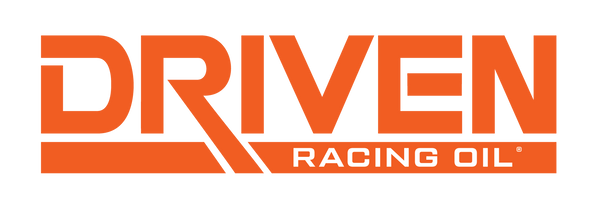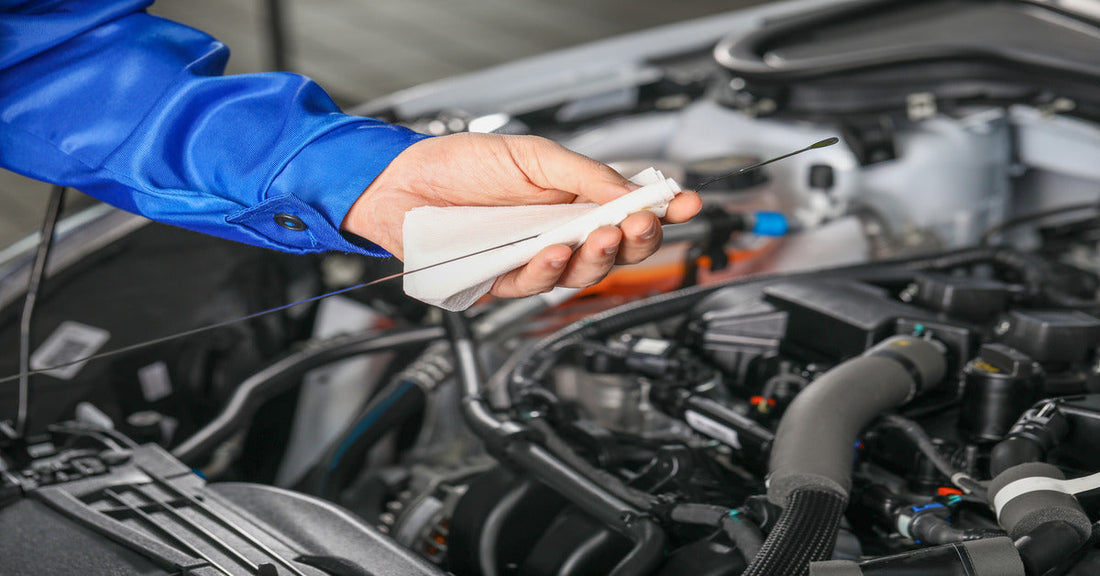Engine oil keeps your vehicle’s engine running smoothly and efficiently. By lubricating key components, reducing friction, and dissipating heat, it ensures that your engine operates at peak performance. However, there’s a lesser-known issue that can significantly impact engine reliability and long-term health: engine oil aeration. To maintain your vehicle properly, it’s important to understand what engine oil aeration is and how you can prevent it. Continue reading to learn why aeration is not a problem you can ignore.
What Is Engine Oil Aeration?
Engine oil aeration refers to the process in which air bubbles become mixed with engine oil. While it’s normal for oil to contain trace amounts of air due to natural circulation, excessive air trapped in the oil can be problematic. This typically occurs when the oil and air interact excessively within the engine environment, leading to the formation of foam or frothy oil.
Aerated oil is unable to perform its core functions within the engine. Air bubbles in the oil disrupt the lubrication process, preventing the oil from forming a consistent protective layer over engine components. The result is less effective lubrication, leading to increased wear and tear on vital parts.
Causes of Engine Oil Aeration
Several factors contribute to engine oil aeration. To better understand this issue, it is important to explore the root causes that commonly lead to excessive mixing of air with oil.
High Engine Speeds
One major cause of oil aeration is high engine speeds. Extremely high revolutions per minute (RPM) often agitate the oil more. This constant churning forces air into the oil, leading to the formation of bubbles. This typically happens in high-performance engines or during prolonged high-speed driving conditions.
Improper Oil Levels
Another culprit is improper oil levels in the engine. Both overfilling and underfilling the engine oil reservoir can cause aeration. Overfilled oil can submerge components such as the crankshaft, which rotates at high speed and agitates the oil. Underfilled oil creates conditions where the oil pump draws in air alongside the oil.
Faulty or Worn Oil Pumps
Faulty or worn oil pumps are another source of aeration. The oil pump is responsible for circulating oil through the engine. If the pump malfunctions or becomes damaged, it may fail to create a sealed environment for proper oil flow, allowing air to mix with the oil. Similarly, leaks in the lubrication system can cause an engine to pull air into the oil stream.
Oil Quality and Compatibility
The quality and compatibility of the oil itself can play a role in aeration. Low-quality oil or oil that does not meet the manufacturer’s specifications may have insufficient anti-foaming properties, making it more susceptible to aeration. Similarly, mixing oils of different types or viscosities can cause oil instability, further increasing the chances of aeration.

Effects of Engine Oil Aeration
The presence of excessive air bubbles in engine oil can have far-reaching consequences for your vehicle’s performance and longevity. These effects highlight why addressing aeration is critical for engine maintenance.
Reduced Lubrication
Reduced lubrication is one of the most immediate problems caused by aerated oil. As mentioned, the presence of air disrupts the oil film that protects engine components from direct metal-on-metal contact. This leads to increased friction, which in turn accelerates the wear of parts such as bearings, pistons, and camshafts.
Engine Overheating
Engine overheating is another significant issue linked to oil aeration. Engine oil is essential for carrying heat away from critical components, and aeration compromises the oil’s ability to transfer heat effectively. This can lead to localized overheating inside the engine, which has long-term consequences for engine health and may even result in catastrophic damage.
Reduced Oil Pressure
Reduced oil pressure is another effect of excessive aeration. Bubbles in the oil reduce its volume and flow rate as it circulates through the engine. A drop in oil pressure alerts the operator to potential system failure and, if left unaddressed, can lead to engine seizures or costly repairs.
Decreased Engine Efficiency
Aerated oil can also decrease the overall efficiency of your engine. With lubrication compromised and heat management impaired, the engine has to work harder to perform its usual functions. This increases fuel consumption and reduces power output, ultimately resulting in higher operational costs and diminished performance.
Oil Degradation
Unresolved aeration may lead to oil degradation over time. Air bubbles create foam, which is more susceptible to oxidation due to prolonged exposure to air. Oxidized oil performs poorly and can leave harmful deposits in the engine, further compounding maintenance challenges.
Prevention Methods
Prevention of engine oil aeration starts with regular maintenance and adherence to best practices. By following some simple measures, you can keep this problem at bay and protect your engine from potential damage.
Maintain Correct Oil Levels
Maintaining the correct oil levels is crucial. Always follow the manufacturer’s recommendations for your vehicle. Check the oil dipstick regularly to ensure the oil level is neither too high nor too low. Overfilling or operating with insufficient oil can quickly cause aeration-related issues.
Use the Right Type of Oil
Another preventive measure is to use the right type of oil. Stick to high-quality oils recommended by your vehicle manufacturer. Premium oils often come with anti-foaming additives that minimize air bubbles and provide consistent lubrication. Avoid mixing oils of different brands or viscosities, as this can create instability in the oil composition.
Replace Old or Dysfunctional Oil Pumps
Replacing old or dysfunctional oil pumps is also essential. If you notice signs of a failing oil pump, such as unusual noises or a drop in oil pressure, have it inspected by a professional mechanic. Upgrading to a high-performance oil pump may also be necessary for vehicles pushed to their limits in demanding driving conditions.
Install an Oil-Air Separator
For vehicles that operate at high RPMs or under severe conditions, installing an oil-air separator can be highly effective. This device removes air from the oil before circulating it through the engine, reducing the likelihood of aeration. It is an especially helpful addition for performance cars or vehicles used in motorsports.
Follow Recommended Maintenance Intervals
Follow recommended maintenance intervals and have your mechanic check your engine’s seals, hoses, and gaskets during routine servicing. Leaks in the lubrication system can create entry points for air, exacerbating aeration problems.

Protecting Your Engine for the Long Haul
Understanding what engine oil aeration is and how you can prevent it can save you time, money, and unnecessary stress in the long run. By being aware of the causes, recognizing the effects, and implementing preventive measures, you can ensure your engine operates efficiently and reliably.
At Driven Racing Oil, we know that a well-maintained engine is the key to delivering consistent performance and a longer lifespan for your vehicle. With our selection of high-quality motor oils, including racing motor oil, you can prevent oil aeration and keep your engine running smoothly.

